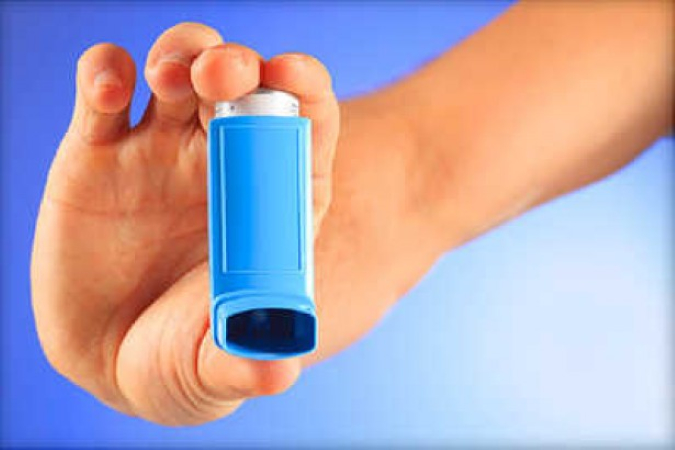07
Aug 2017
Ins and Outs of Asthma
Published in General on August 07, 2017

An estimated 2.5 million Australians suffer from asthma, many of them children. But it’s a difficult condition to diagnose in young children. Joanne Grindlay, deputy director of Royal Children’s Hospital Melbourne (RCH) Emergency Department, says, “Most children have what we call viral-induced wheeze. Some of those children go on to have asthma and lots of them don’t.” The ins and outs of asthma can be difficult to understand.
Exactly When is it Asthma?
A child can only be diagnosed with asthma after presenting with wheezing more than once, and most importantly, this must be when the child does not have a virus. If the child has a family history of asthma or allergies or has eczema, they are more at risk to have asthma.
“If they’re exercising or if they’re exposed to pollens or they’re doing other things and wheezing, then it’s probably asthma,” said Joanne. “They need to get it when they don’t have a cold, and it’s got to be recurrent.”
Asthma triggers include, but aren’t limited to, dust mites and mould spores, cigarette smoke, cold air, pollens from grasses, trees, and flowers, and some medications.
Thunderstorm Asthma and Hay Fever
Many children suffer from Hay Fever, and these kids have a higher risk for asthma, and Joanne recommends having a reliever medication at all times. This is especially important for people affected by Melbourne’s ‘thunderstorm asthma’ event.
“Thunderstorm asthma will reoccur,” she said. “Thunderstorm asthma affects people who have hay fever and who may not have had asthma before, but suddenly get severe asthma.”
Reliever medications are available over-the-counter, but Joanne stresses how important it is to be seen and evaluated by a GP before giving any medication to your child.
Treatment of Asthma
When your child has been diagnosed with asthma, it’s important to have an asthma management plan. Joanne is concerned at the number of patients suffering from asthma who don’t have an adequate plan to deal with sudden attacks. Usually, a combination of treatments is required for the best results, including a medication to prevent attacks and relieve them, usually administered with a spacer.
The spacer is an important addition to the inhaler because it allows the inhaled medication to reach the deeper parts of the lungs where the medicine is more effective.
“Older children don’t bother using their spacers because they think they’re coordinated enough to not need them,” Joanne said.
“Everyone always needs to use a spacer—it’s very hard to be coordinated enough to get the medicine to go down to the deep parts of the lung where you need it.
If you’re using just an inhaler, you are just spraying into your mouth, with little effect.”
Asthma is an often inherited disease, affecting more boys than girls during their childhood years.









